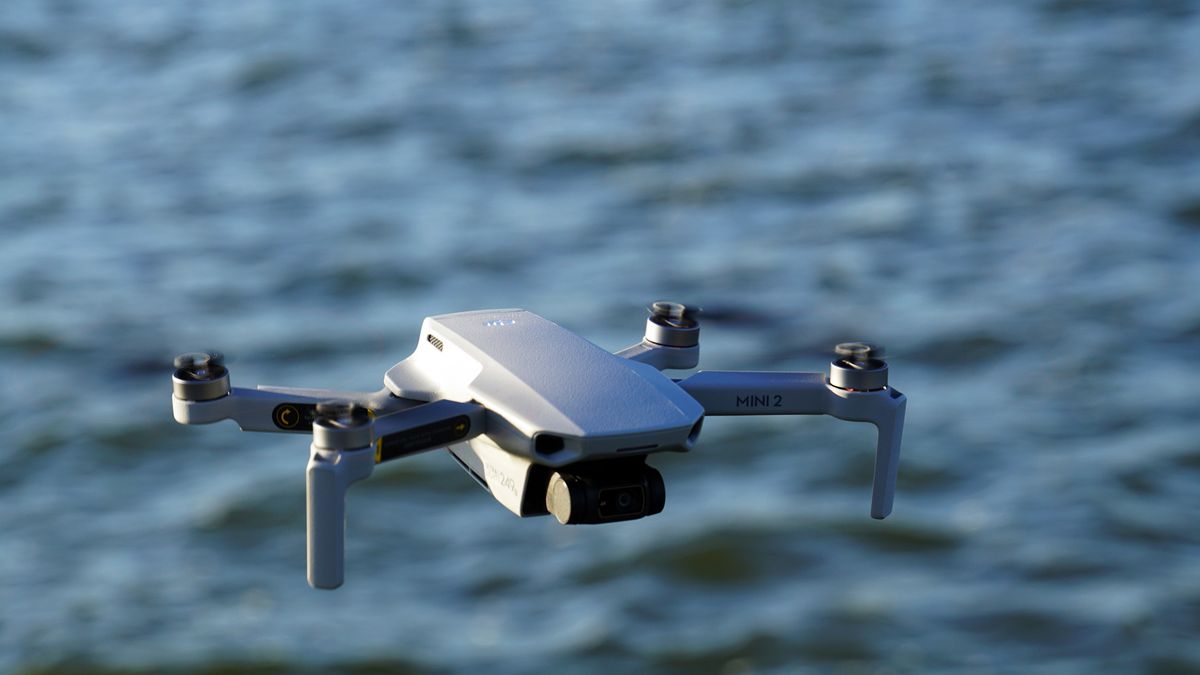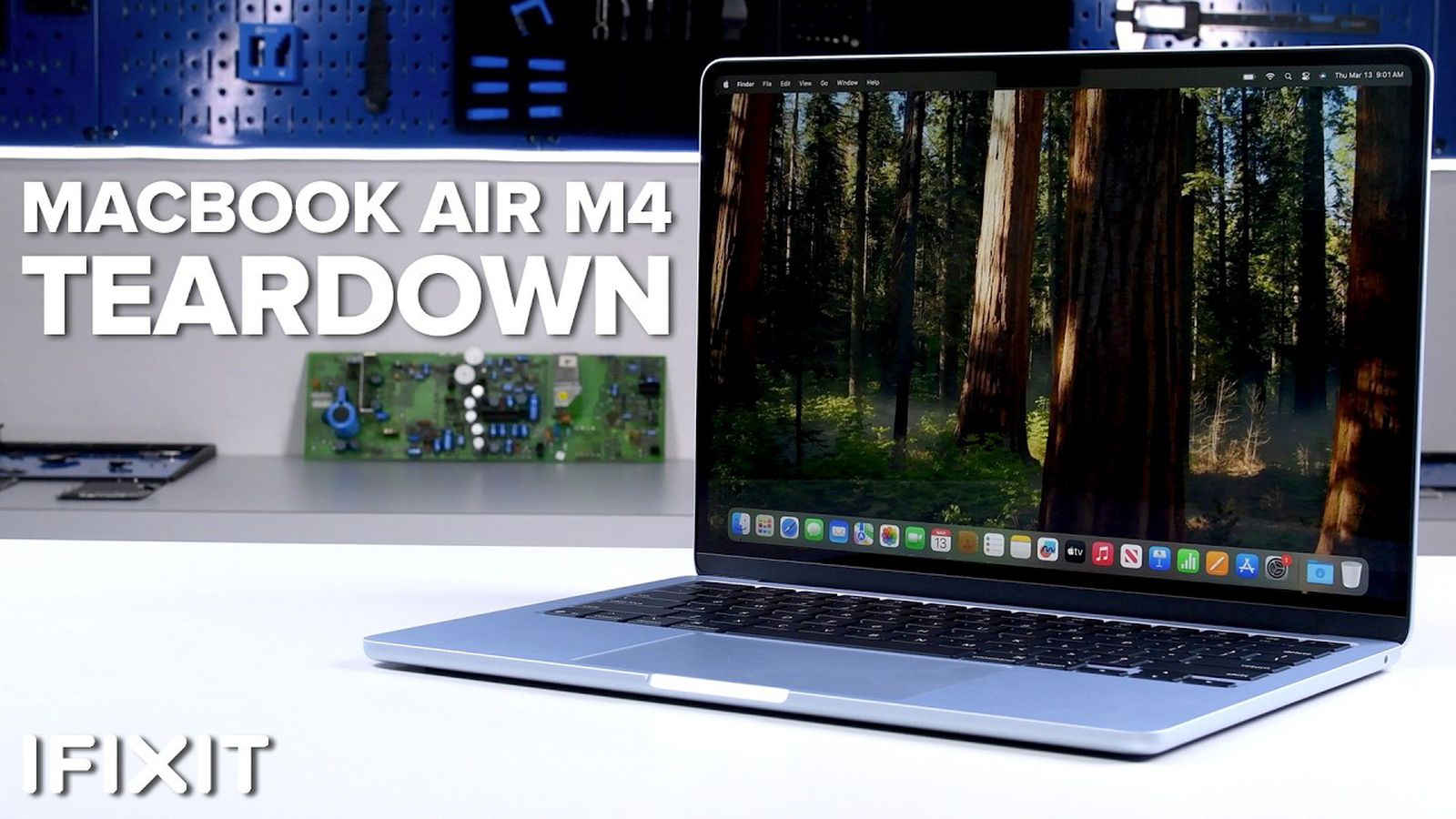It starts with a low rumble, then an explosion and a deafening roar. A pyroclastic flow bursts from the volcano and hurtles towards us at a frightening speed. Showers of ash appear to pummel the space around us – well technically, it’s a pumice lapilli unique to Mount Vesuvius – and, for a few minutes, visitors to the National Museum of Australia are in Pompeii 1,946 years ago.
Immersive experiences, including increasingly sophisticated virtual reality technology, have gone from gimmick to essential component of blockbuster museum exhibitions, despite criticism from scholarly quarters that whiz-bang special effects can distract viewers from the actual artefacts and exhibits, and are training a future generation to assume entertainment is the primary function of museums.
Laurent Dondey, the head of development and international touring for Grand Palais Immersif – the French company behind Pompeii – says he understands some of the criticism of immersive tech in museums.
“I am sorry, but I do not want to see Van Gogh smoking or scratching his head,” he says. “What we do is part art, part science … technology is part of the creative process that surprises the public and can bring another layer of experience that, yes, is a little fun too.”
In Pompeii, which has opened at Canberra’s National Museum of Australia, Mount Vesuvius does its thing every 15 minutes. The immersive experience is included in the ticket price but in other blockbusters staged in Australia, where the technology demands individual headsets and seating, there is an add-on fee which can mean that the cost of a day at the museum for a family runs into hundreds of dollars.
More than half a million people visited the Australian Museum’s record-breaking Ramses & the Gold of the Pharaohs exhibition in Sydney and a quarter opted to pay an additional $30 a head and join long queues to experience the VR component.
The Australian Museum’s current blockbuster, Machu Picchu and the Golden Empires of Peru, is the fourth staged by the museum to have an immersive component.
And the technology is here to stay, says its director, Kim McKay.
“What we have to do these days is give people experiences, and I don’t think museums are immune from that,” she says. “Museums have to evolve. Like everything else, you can’t just be fixed in the past, we have to utilise the new technology as it’s evolving.
“Kids now expect a digital overlay and as a museum director, it’s up to me and my team to decide how to balance the use of this technology to ensure it remains part of an authentic experience.”
Gedeon Experiences, the company that created Pompeii’s special effects, obtained exclusive access to the site’s archaeological excavations, beyond the reach of the visiting public. For two years Gedeon documented each day of the archeologists’ work, then used CGI to reconstruct the city’s streets and houses.
Rather than distracting the visitor, the spectacle informs and complements the more than 90 objects on loan from the Archaeological Park of Pompeii, including frescoes, mosaics, jewellery, sculptures and household objects.
The capacity for immersive technology to allow us to see and experience what has been lost to the ancient past should not be underestimated, says Dr Chiara O’Reilly, director of the museum and heritage program at the University of Sydney, and co-author of Rise of the Must-See Exhibition Blockbusters in Australian Museums and Galleries.
The downside is the exorbitant costs the technology adds to exhibition budgets, which is passed on in ticket prices.
“They’re expensive, and there is always going to be a race to have the latest bit of digital technology,” O’Reilly says.
Having viewed the Pompeii exhibition when it premiered in Paris in 2020, O’Reilly says the visual effects in the exhibition have been significantly superseded by other immersive exhibitions she has experienced overseas in the ensuing four years.
“That kind of overlay of experience and knowledge that a good immersive exhibition can offer can be really profound but, if the technology is old, it may disappoint some visitors, because [developments] are moving so quickly,” she says.
“It’s a very demanding audience. Games have become incredibly high in resolution. In terms of their immersive content and the storytelling, what we now expect when we’re gaming is a very intimate and extremely detailed experience. And museum goers are going to expect that same quality.”
Do we run the risk of future generations being incapable of absorbing the significance of artefacts on display without technical pizzazz?
“Maybe we do – but maybe they wouldn’t go if we didn’t have that in the first place,” O’Reilly says. “What they will expect will be different to what previous generations expect.”
Or maybe not. When 100 children were surveyed by the Australian Museum about what they would like to see in a museum of the future, McKay says she was expecting “we want screens here, there and everywhere”.
“They didn’t. It was ‘more spiders, more sharks, more snakes’ – they wanted more of the real thing,” she says.










